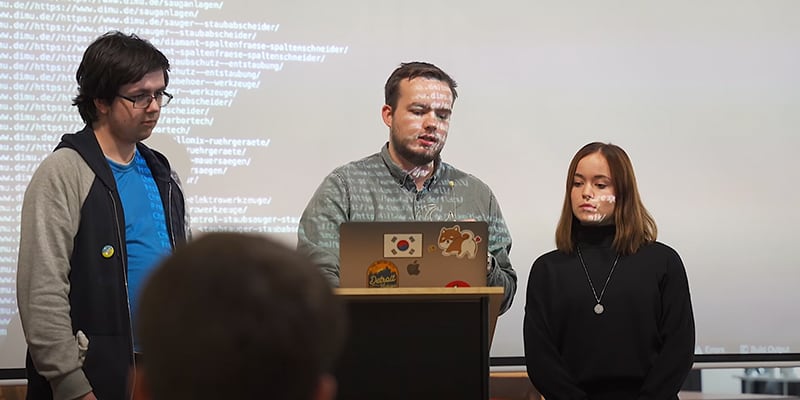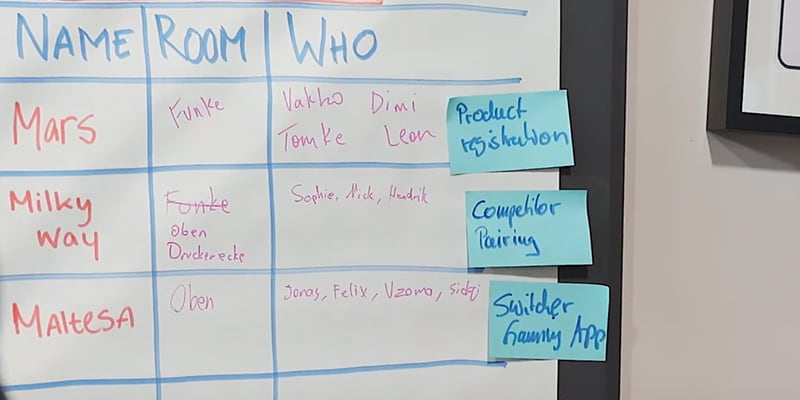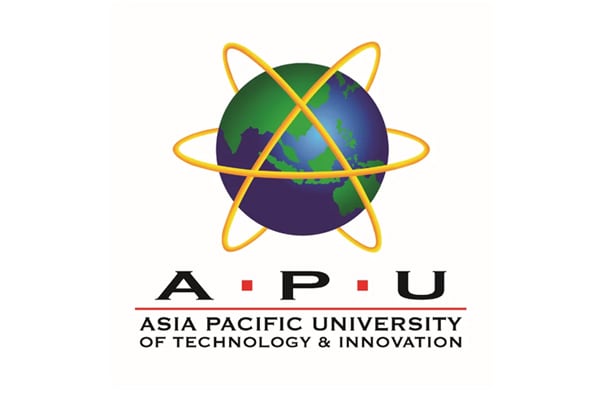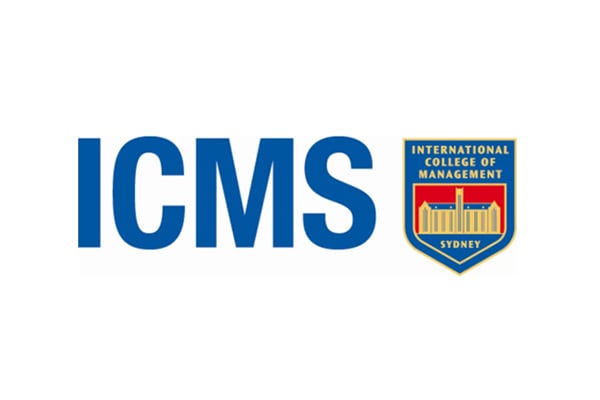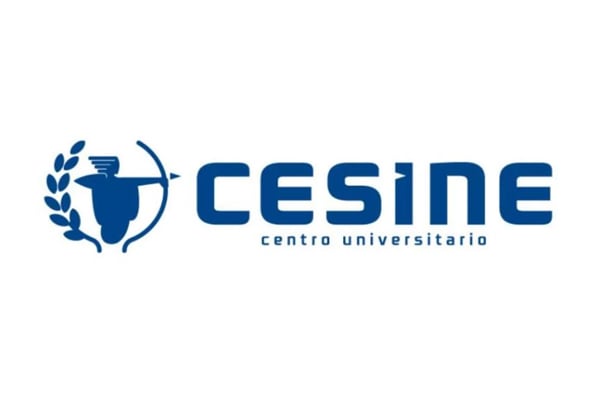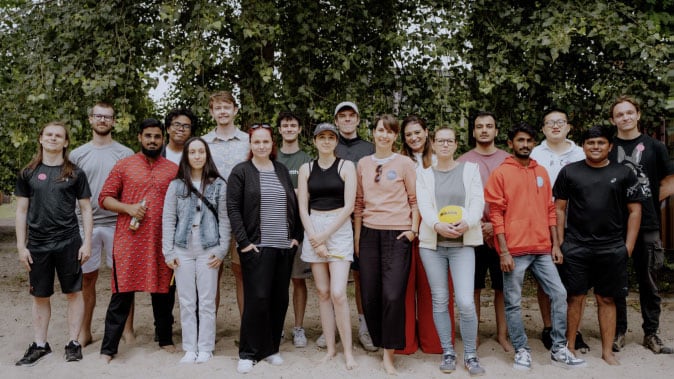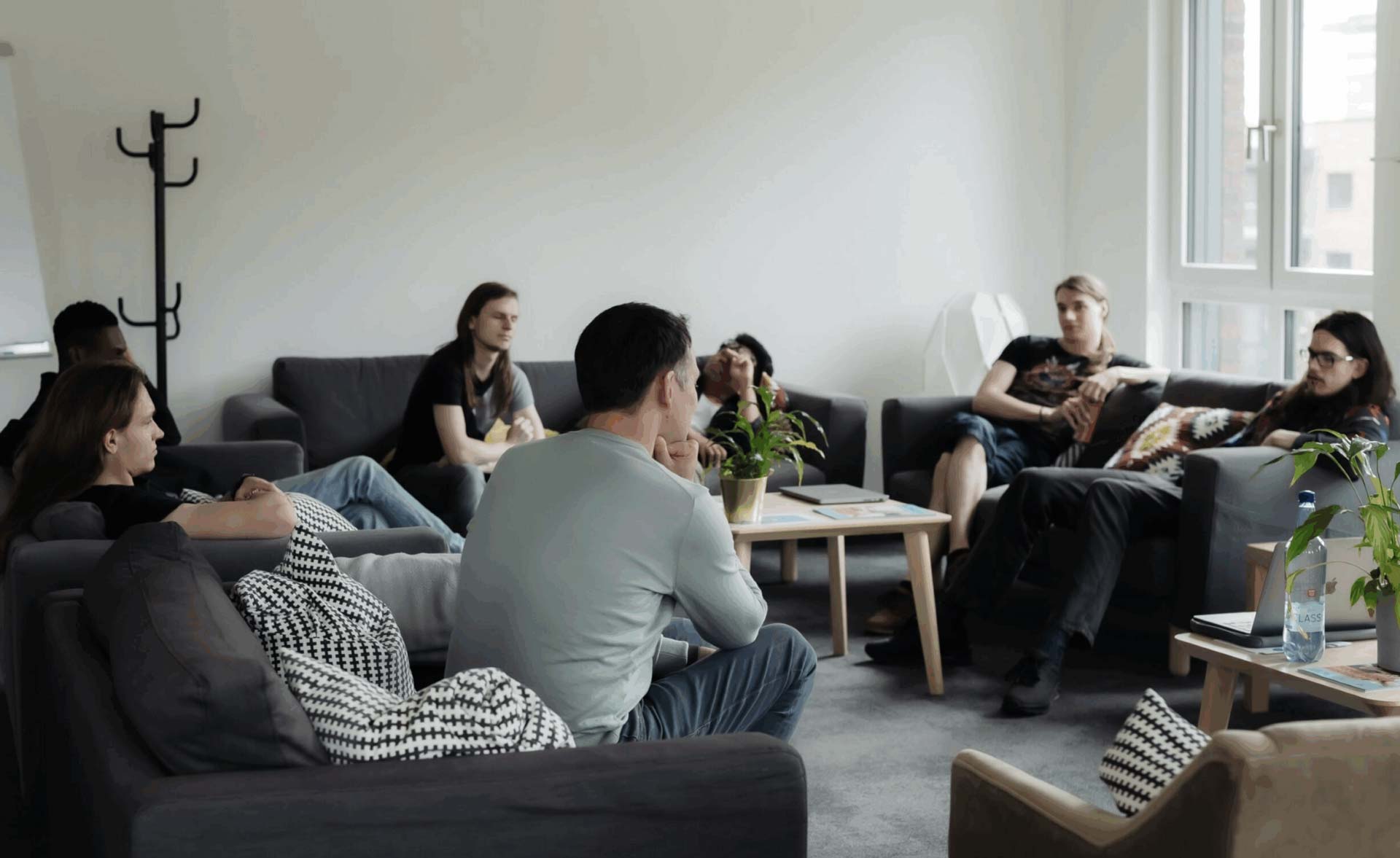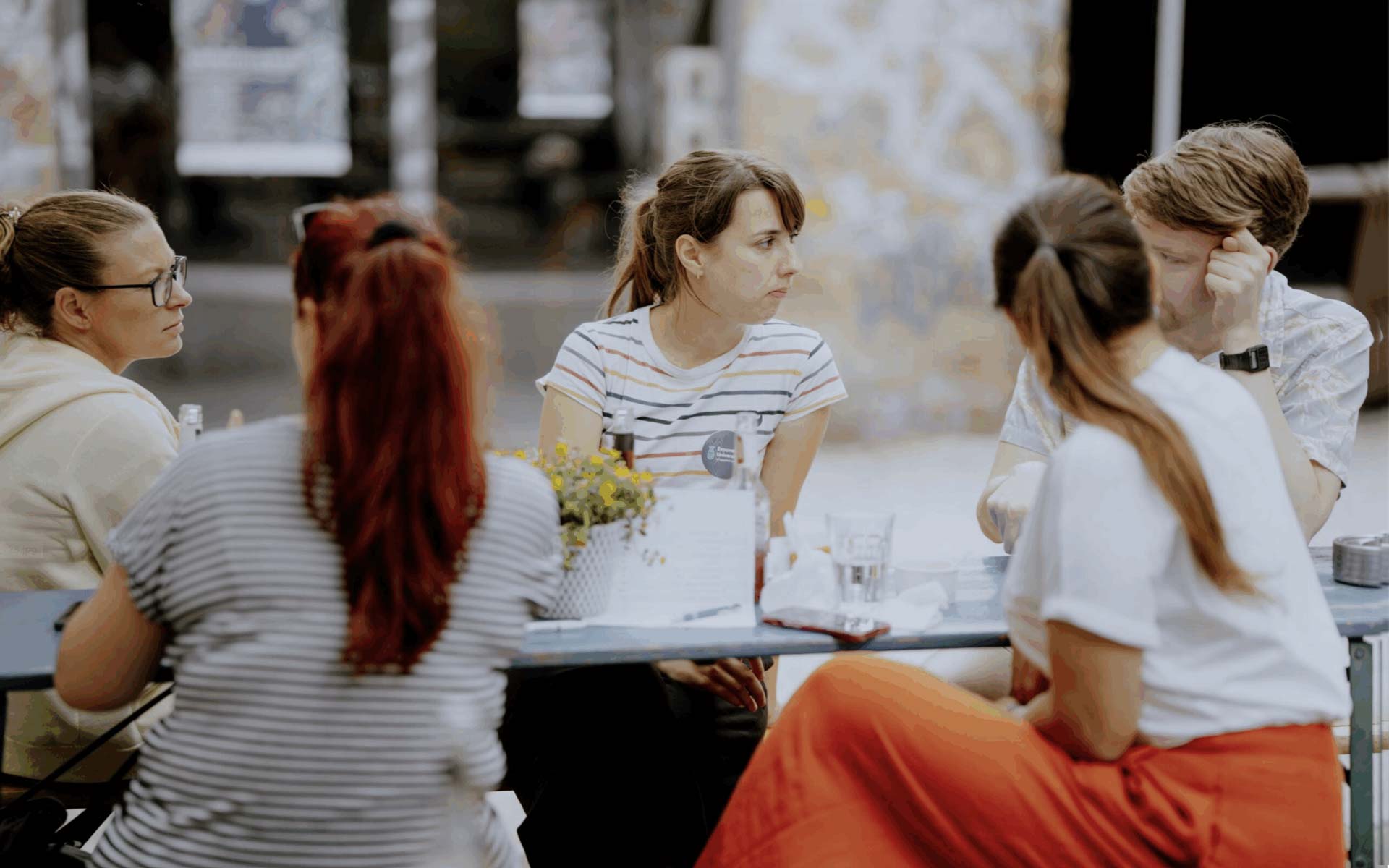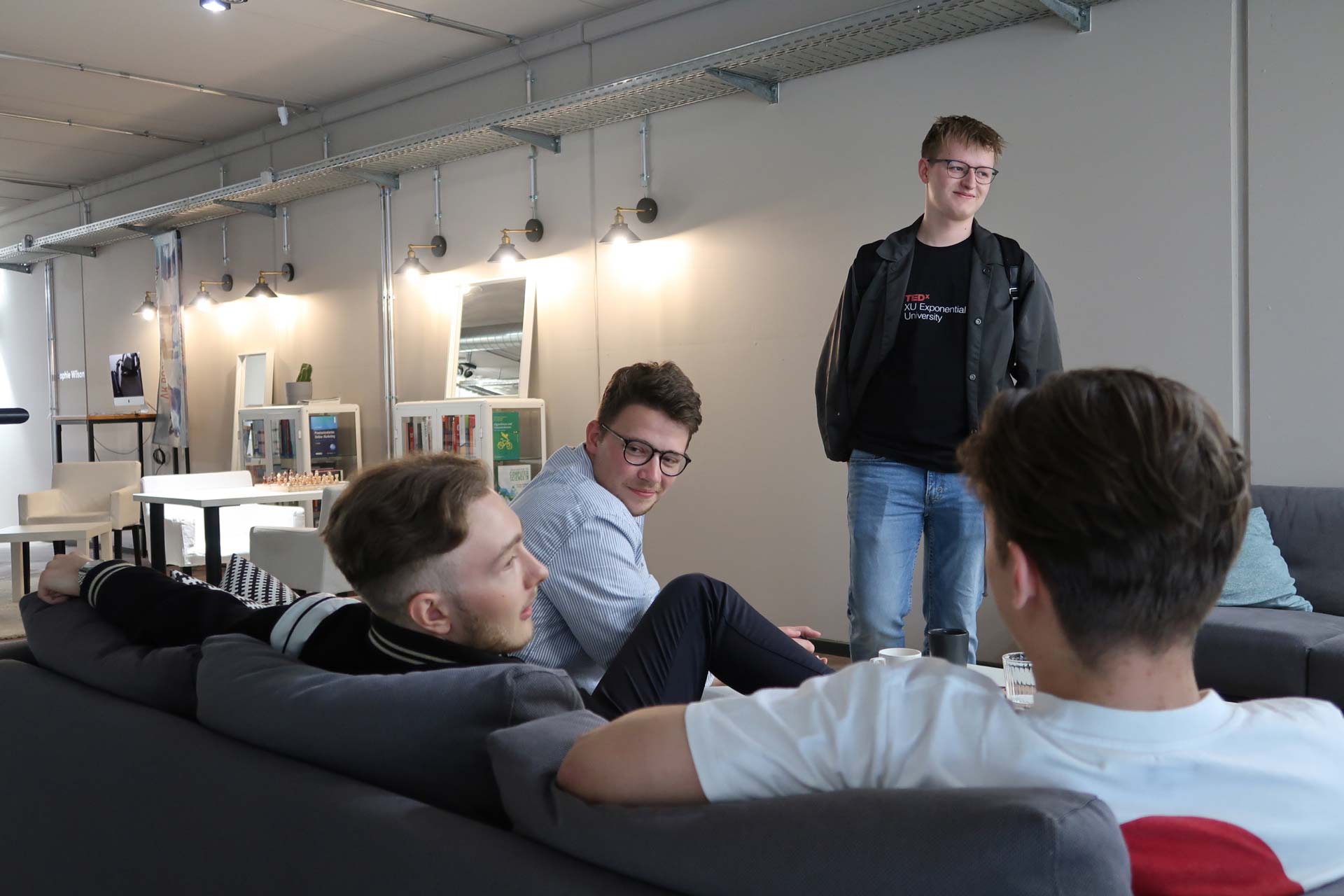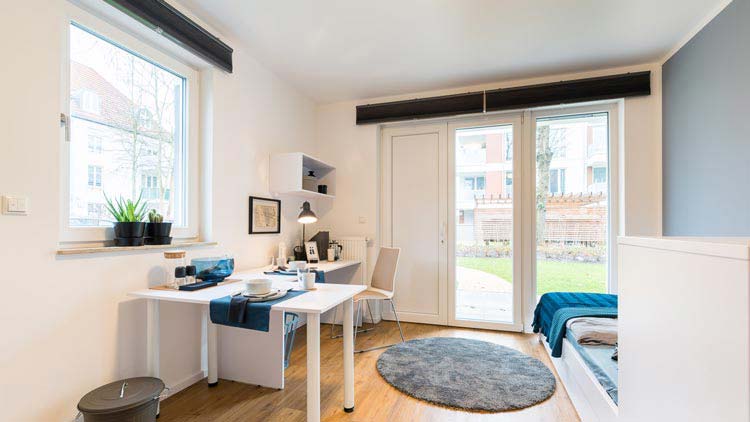XU Exponential University - Dein Studium in Potsdam
Die Zukunft beginnt jetzt. Digital Innovativ. Am Puls der Zeit.
Beginne deine Reise heute
Bewirb dich, sprich oder chatte – deine Zukunft ist nur einen Klick entfernt.
Die Studiengänge an der XU Exponential University
Etwas mit Digitalisierung studieren? Von wegen! Die Studiengänge an der XU Exponential University bereiten dich perfekt auf die Zukunft vor. Du lernst, digitale Prozesse zu verstehen und zu managen und wie du innovative Geschäftsmodelle auf den Weg bringst und digitale Lösungen entwickelst. Dein Ziel: zu den Global Playern zu gehören und Unternehmen auf den Weg des digitalen Erfolgs zu bringen. Dein Studium: genau das Richtige für dich!
Deine Entscheidung. Dein Studium. Dein Zuhause.
Deine Wohnung neben dem XU-Campus.
Die campusnahen Wohnungen sind bis zu 29qm groß, haben ein eigenes Bad und meist einen Balkon oder eine Terrasse. Besonderer Wert wurde auf eine helle und vollständige Ausstattung gelegt. Strom, Nebenkosten und Internet sind inklusive.
Wenn du an der XU Exponential University studierst, gib das bitte bei deiner Buchung an.
- Zwei Minuten Fußweg zum Supermarkt
- Zwei Minuten zu Fuß zum Joggen
- Fünf Minuten Fußweg zum Campus
- Fünf Minuten Fußweg zum (nächsten See) Griebnitzsee
- Fünf Minuten Fußweg zu den öffentlichen Verkehrsmitteln (S-Bahnhof Griebnitzsee, Regionalbahnhof Potsdam-Medienstadt)
- 20-30 Minuten nach Berlin-Mitte
- 10-20 Minuten zum Stadtzentrum von Potsdam
XU Campus
Studieren und leben in der Landeshauptstadt Potsdam
Insider-Tipp: Studiere in Potsdam!
Zwischen Geschichte, Kultur, Design und zukunftsweisenden digitalen Studiengängen bietet der Campus der XU Exponential University of Applied Sciences die perfekte Umgebung für individuelles Lernen und gemeinschaftliche Projektarbeit. Für eine ruhige Minute und etwas frische Luft gehen wir dann zum Griebnitzsee, der zu Fuß erreichbar ist. Hört sich das für dich perfekt an?
Je nach Verfügbarkeit kannst du dir auch eine eigene Wohnung in den Potsdam-Babelsberger Wohnungen in der Nähe des Campus mieten. Das Beste daran: Morgens ist es nicht weit zum Unterricht und abends bist du fast genauso schnell in Berlin wie in der Innenstadt von Potsdam.
Sie sehen gerade einen Platzhalterinhalt von YouTube. Um auf den eigentlichen Inhalt zuzugreifen, klicken Sie auf die Schaltfläche unten. Bitte beachten Sie, dass dabei Daten an Drittanbieter weitergegeben werden.
Mehr InformationenZukünftige Jobs
Vorbereitet auf alle zukunftsrelevanten Berufe
Von Data Engineers, die digitale Infrastrukturen betreiben, bis hin zu Content Creators, die Online-Storytelling gestalten – die Berufe von morgen erfordern neue Fähigkeiten, Tools und Denkweisen.
Egal, ob du davon träumst, Innovationen anzuführen, Codes zu beherrschen oder das digitale Marketing voranzutreiben – diese Rollen zeigen, wo die Möglichkeiten liegen.
Bist du bereit, deine Karriere zukunftssicher zu machen?
Internationaler Austausch. Dein Studium im Ausland
Alumni-Geschichten
Vom Campus zum Erfolg – unsere Alumni gestalten die Zukunft mit kühnen Ideen,
globaler Wirkung und Unternehmergeist und arbeiten mit Unternehmen wie E.ON, SAP und darüber hinaus zusammen.

Dilem Kaya, SAP KI-Ethik
Ich hatte viele Erkenntnisse an der XU Exponential, die ich in meiner Rolle bei SAP im KI-Ethik-Team anwenden konnte, eine Rolle, in die ich durch meine Professoren eingeführt wurde, die mir sehr geholfen haben.

Kai Vicente, E.ON Deutschland
An der XU Exponential fand ich genau das, wonach ich suchte: eine Universität, die für das digitale Zeitalter gebaut ist. Im Gegensatz zu traditionellen Universitäten studieren wir in kleinen Gruppen, wo die Dozenten Ihren Namen kennen und Sie nie allein sind.

Viktor Mogurenko
Meiner Meinung nach bietet die XU einen einzigartigen Einblick, wie Bildung sein sollte. Sie schafft eine heimelige Umgebung, die kreatives und komfortables Lernen unterstützt. Die Klassengröße ermöglicht einen interaktiveren Lernansatz, der die Qualität und die Geschwindigkeit der Informationsaufnahme verbessert. Zudem ist sie eine der wenigen englischsprachigen Universitäten in Deutschland.

Anita Khounthong
Ich wollte keinen Studiengang, der hauptsächlich theoretisch war. Die XU betont die Praxis zusammen mit der Theorie, um ein besseres Verständnis zu ermöglichen. Dies ist ein wichtiger Teil als Vorbereitung auf das zukünftige Berufsleben. Die geringe Größe der Klassen, in denen Dozenten jeden kennen und jeden Einzelnen eng beraten können. Da sich die Universität auf die Digitalisierung konzentriert, werden die Kurse modernisiert und die Universität ist immer offen für Veränderungen.

Isabelle Teutloff
Es war mir wichtig, an einem kreativen Ort zu studieren, wo mir Türen offenstehen. Ich möchte Neues lernen und im digitalen Zeitalter jetzt und später mithalten können. Ich finde es auch gut an der XU, dass jeder Teil eines Teams ist, das die heutige Zeit und das Studierendenleben mitgestalten und beeinflussen kann. Jede einzelne Person wird angesprochen und man ist nicht nur ein Student in einem großen Hörsaal.

Felix Geberding
Für mich war die Richtung meines Studiengangs schon länger klar. Ich hatte mir zahlreiche Hochschulen angesehen, aber keine konnte mich wirklich überzeugen. Obwohl sie alle Informatik anboten, hatte ich meist das Gefühl, dass die gesamte Substanz nach dem Verlassen der Hochschule aufgrund mangelnder praktischer Anwendung oder veralteter Inhalte obsolet ist. Das war bei der XU nicht der Fall. Sie bot mir die Chance, die digitalisierte Welt zu verstehen, ohne während des Studiums aufgrund des schnellen Entwicklungsprozesses den Überblick zu verlieren. Die Möglichkeit eines Auslandssemesters und der Unterricht in Englisch waren für mich ebenfalls sehr ansprechend.

Moritz Winkelmann
Ich habe die XU hauptsächlich wegen der Zukunftsrelevanz gewählt, die die Universität bietet. Da die Digitalisierung die Industrien und im Grunde unser Leben übernimmt, wird dieses Thema von Tag zu Tag wichtiger. Das Potenzial wächst rasant! Ich schätze den Aspekt, dass das Lernen in kleineren Gruppen stattfindet, was Diskussionen und andere direktere und persönlichere Interaktionen ermöglicht. Die Beziehung zwischen Studierenden und Dozenten ist enger. Was mich auch beeindruckt, ist die Anzahl der Gastvorträge. Manager und Start-up-Gründer kommen an die Uni, um ihre Erfahrungen zu teilen. Einerseits lernen wir die Denkweise verschiedener erfolgreicher Persönlichkeiten kennen. Andererseits knüpfen wir Kontakte, die im Geschäftsleben entscheidend sein können.

Mona Ghazi
Bei der Wahl eines Studienortes ist mir das vermittelte Wissensniveau besonders wichtig. Ein Studiengang muss anspruchsvoll und aus meiner Sicht so breit wie möglich sein. Da ich in meiner bisherigen akademischen Laufbahn bereits viel Wissen im wirtschaftlichen Bereich erworben hatte, war es mir wichtig, einen Studiengang zu wählen, der sich auf den Bereich Informatik konzentrierte. Darüber hinaus ist mir als Gründerin eines Tech-Start-ups der Bereich Informatik sehr wichtig, und daher glaube ich, dass dieser Studiengang eine gute Wahl für mich ist.

Niclas Javier Kaiser
Besonders wichtig sind mir kleine Lerngruppen, ein zukunftsorientiertes Studienprogramm und Seminare, die nicht nur aus trockener Theorie und Zuhören bestehen. Anfangs musste ich bedenken, dass ich an vielen Universitäten nur das lernen würde, was ich bereits weiß, da ich in meiner Freizeit programmiere. Oder dass der Studiengang genau das ist, was ich nicht wollte. Ich habe also sehr überlegt, ob ein Studium wirklich das Richtige für mich ist. Die Studiengänge der XU trafen dann genau das, was ich von meinem Studium erwartete: kleine Gruppen, Wissen für die Zukunft, Initiative und eine Mischung aus Themen, die mich inspirieren.

Julian Knappe
Es war mir besonders wichtig, dass die Universität in ihrer Struktur und ihren eigenen Systemen auch dem entspricht, was die Studierenden darin lernen. Das Umfeld ist in meinen Augen sehr wichtig für den Spaß und den Erfolg der Studierenden. Genau das passiert an der XU: Die Universität ist praktisch ein Start-up, da die meisten Studierenden es vorziehen, hier ihr eigenes Unternehmen zu gründen, was natürlich großartig ist, dieses Umfeld ist perfekt. Was man auch braucht, um ein eigenes Unternehmen aufzubauen, sind Kontakte. Das Wichtigste hier sind die Studierenden: Hier hat jeder Lust, etwas Neues zu schaffen. Das wird in Zukunft sicherlich Vorteile bringen.

Leonard Off
Ich denke, dass die XU eine der wenigen Hochschulen für Wirtschaftswissenschaften mit einem nachhaltigen Konzept ist. Seit Jahren haben staatliche und andere private Universitäten wenig oder keine Relevanz für digitale und moderne Themen. Die XU war die erste Universität, bei der ich das Gefühl hatte, dass diese Themen ernst genommen wurden und man wirklich ein qualitativ hochwertiges Studium anbieten wollte.
Als ich anfing, war ich besonders erfreut, dass mein erster Eindruck nicht irreführend war und dass es sogar besser war, als ich es mir vorgestellt hatte.

Vincent Schultz
Als ich einen Studiengang mit dem Schwerpunkt „Digital Business“ entdeckte, fand ich sofort die Antwort auf meine Frage „Was soll ich studieren?“ Betriebswirtschaftslehre mit dem Schwerpunkt „Digital Business“ ist eine zukunftsweisende Geschäftsausrichtung.
Studierendenleben
An der XU Exponential University bedeutet das Studierendenleben mehr als nur lernen – es geht darum, Innovationen jeden Tag zu leben. Auf einem lebendigen, internationalen Campus kommen Studierende aus aller Welt zusammen, um zu lernen, zusammenzuarbeiten und zu gestalten.
-
Staatlich anerkannt vom Wissenschaftsministerium und von der ZEvA akkreditiert, verbindet die XU akademische Exzellenz mit einer mutigen, zukunftsorientierten Kultur, die sich gleichermaßen in den Vorlesungssälen, Co-Living Spaces und studentisch organisierten Veranstaltungen widerspiegelt.
-
An der XU Exponential University lernst du in kleinen, eng betreuten Gruppen, mit einem starken Fokus auf Einzelunterricht und individueller Unterstützung. Anstelle von traditionellen Vorlesungen setzt die Universität auf persönliche Betreuung und gemeinschaftliches, vernetztes Lernen.
-
Tagsüber der Blick auf das Schloss, nachts der Beat von Berlin - der digitale Puls ist immer da. Im Zentrum der Potsdamer Innovationsszene - nur wenige Schritte von Berlin entfernt - verbindet dich die XU Exponential University mit Top-Industrien für zukunftsfähiges Lernen und praktische Projekte.
-
Dein Apartment auf dem XU Campus: Modern, hell, bis zu 29 m² groß - mit eigenem Bad, oft mit Balkon oder Terrasse. Vollständig möbliert, inklusive Nebenkosten und Internet. Nur 5 Minuten zum Campus, See, Supermarkt und Bahnhof.
-
Dein Apartment auf dem XU Campus: Modern, hell, bis zu 29 m² groß - mit eigenem Bad, oft mit Balkon oder Terrasse. Vollständig möbliert, inklusive Nebenkosten und Internet. Nur 5 Minuten zum Campus, zum See, zum Supermarkt und zur Bahnstation




